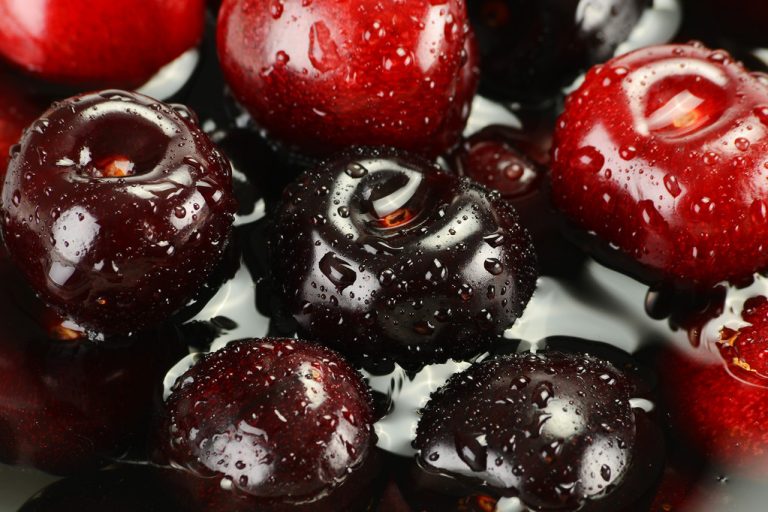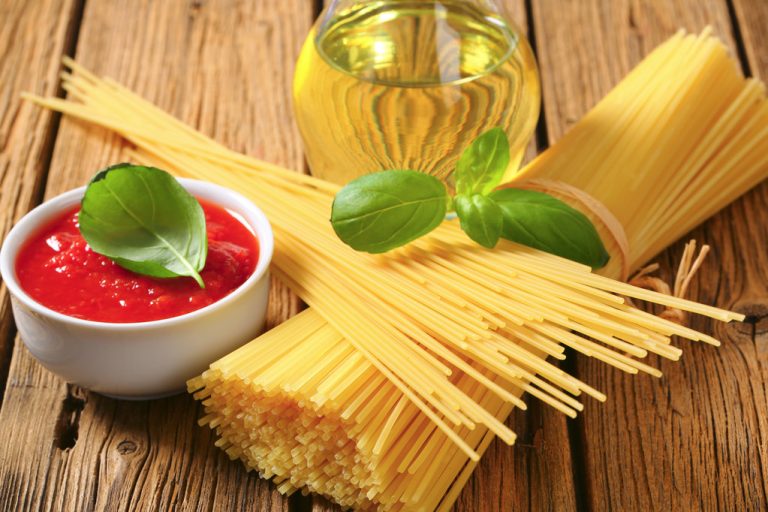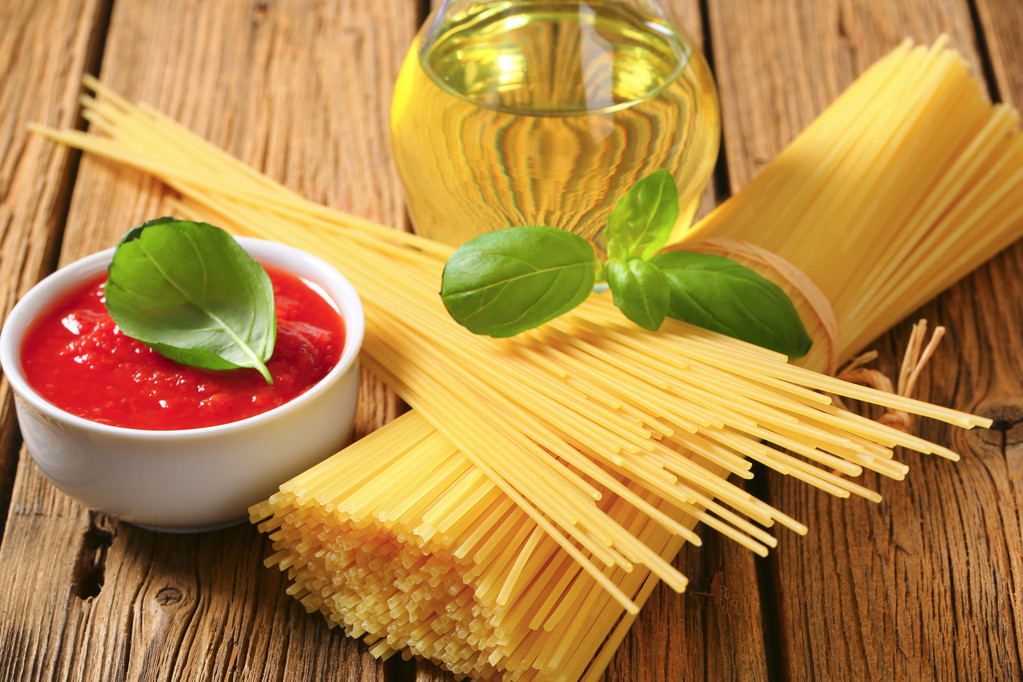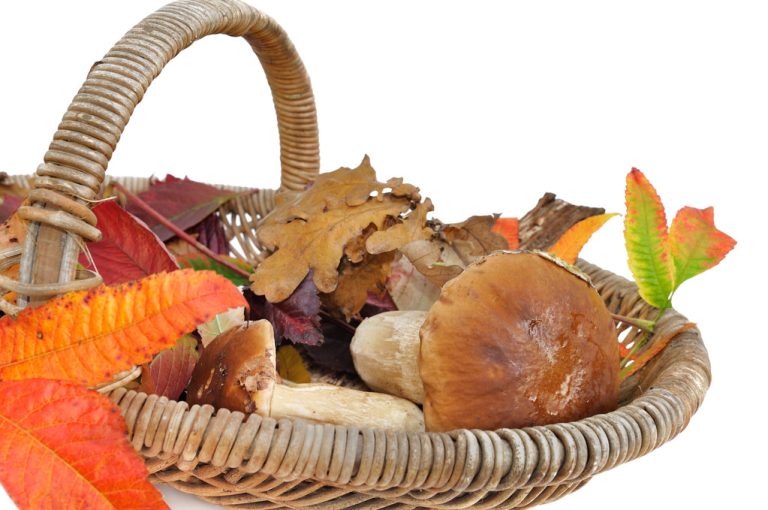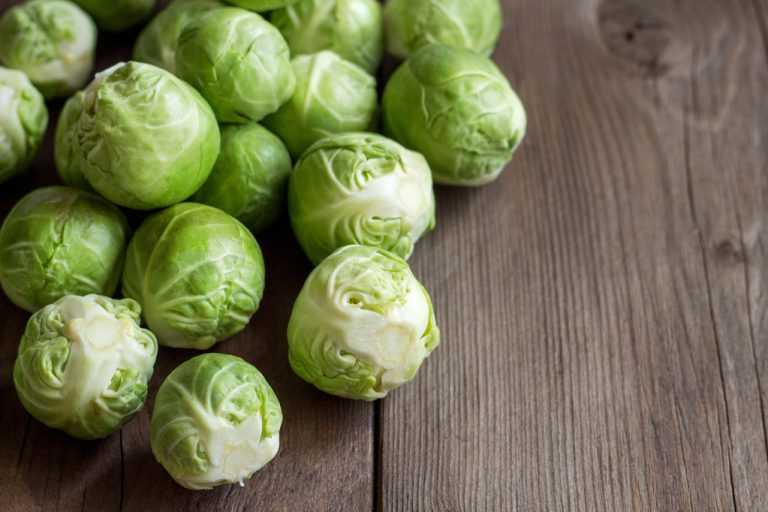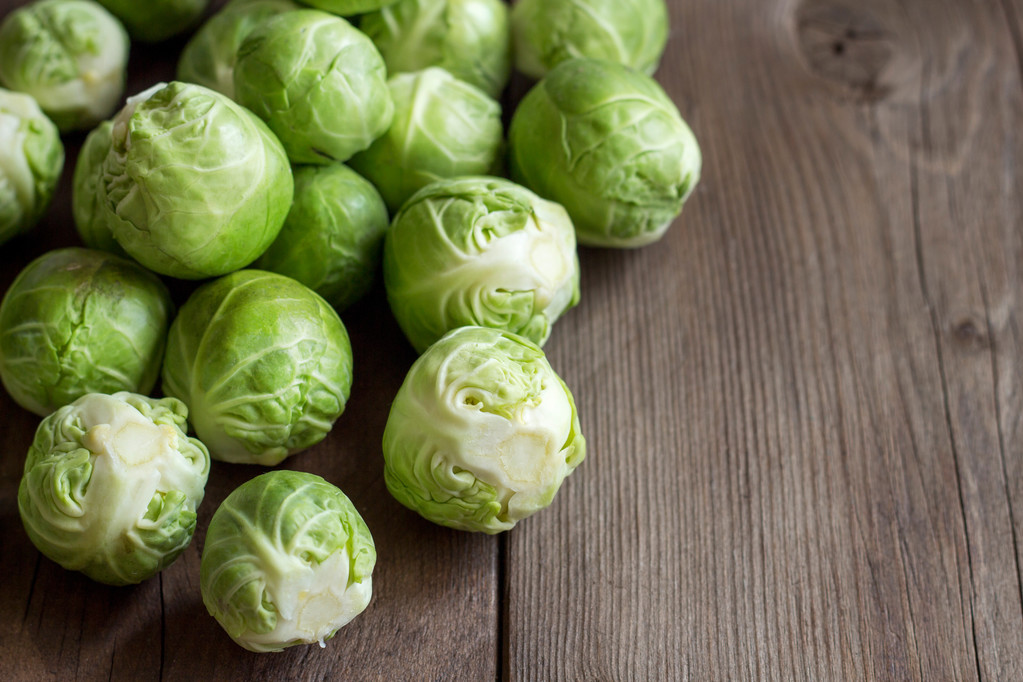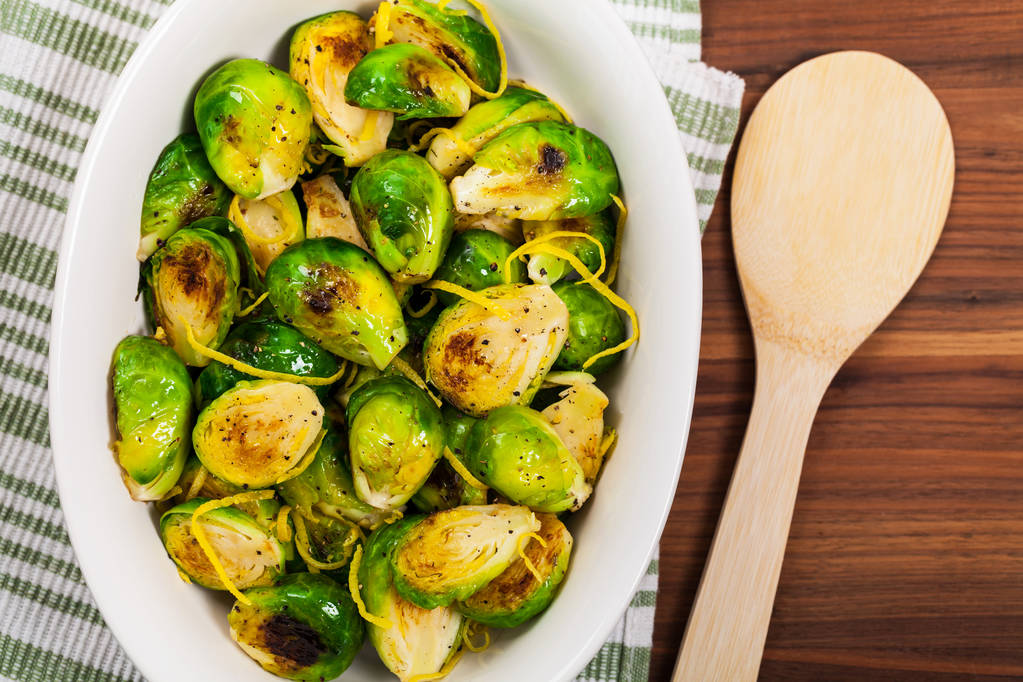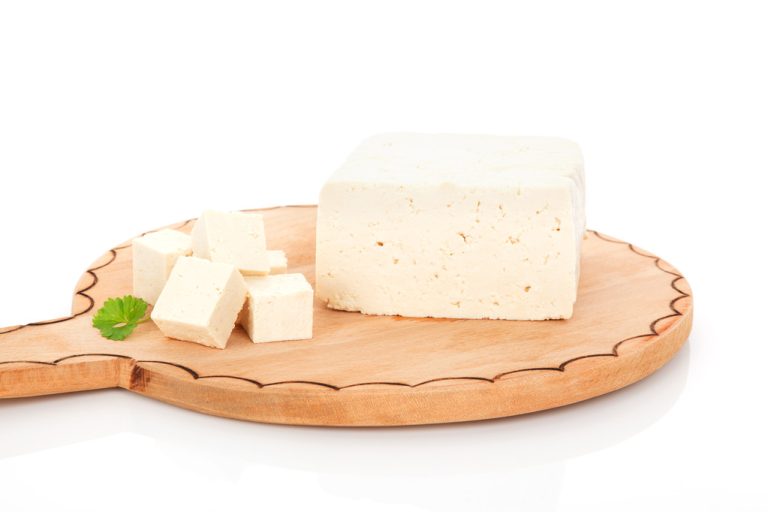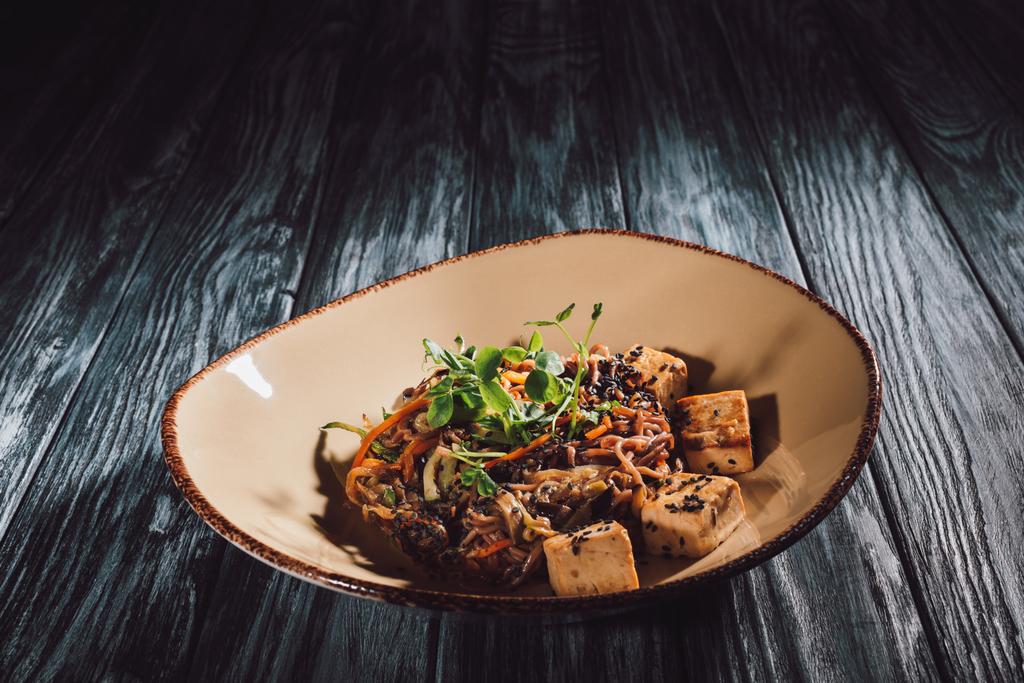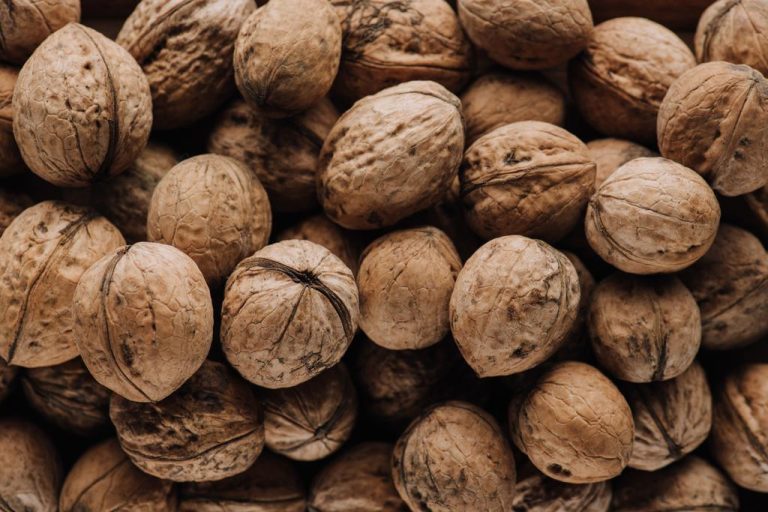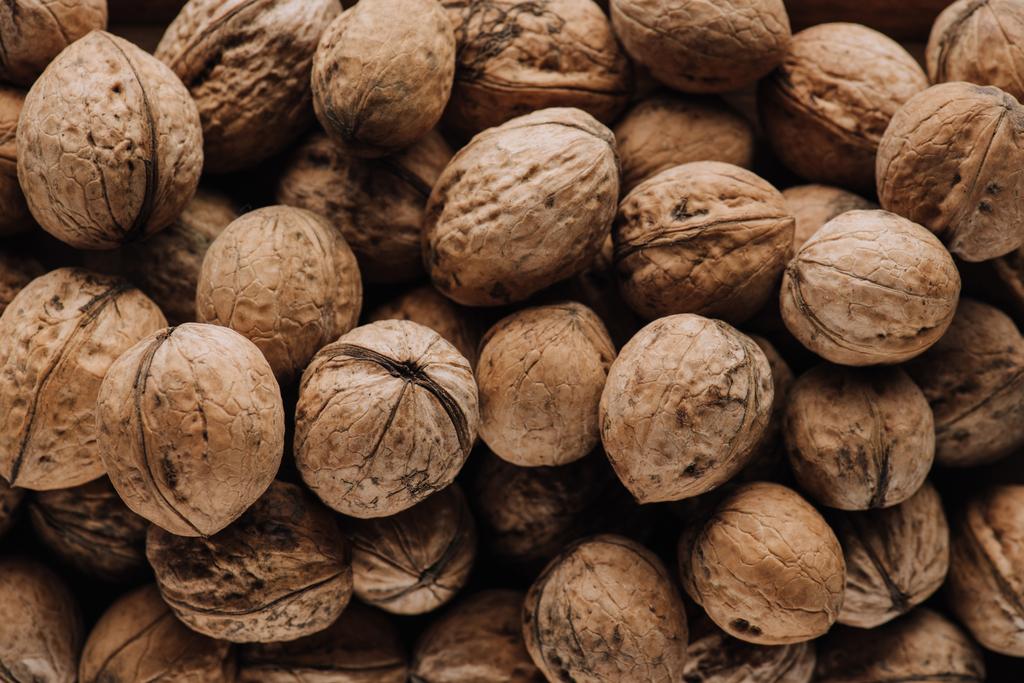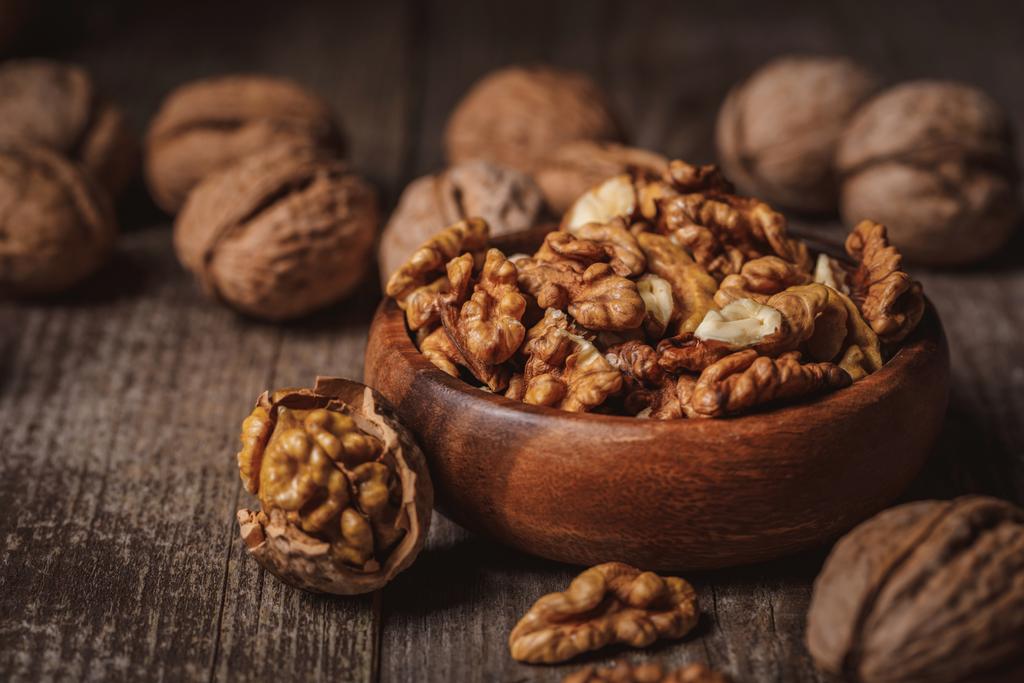Too much salt in the body can cause lasting damage to various organs. Here you can find out exactly how the spice affects our organism and how you can avoid consuming too much salt.
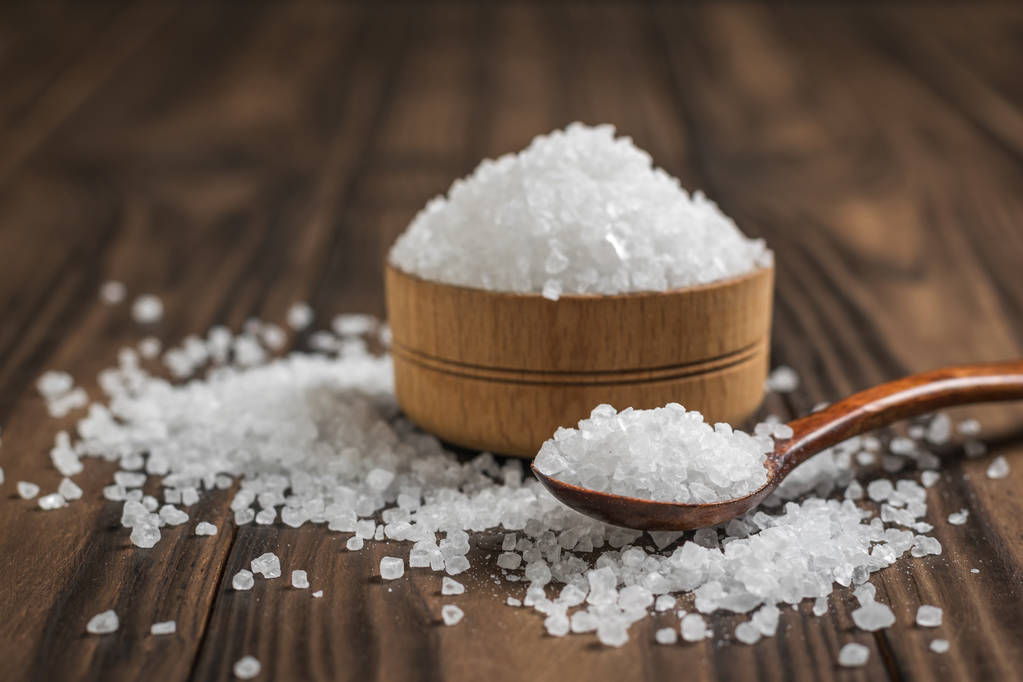
When do you start talking about too much salt?
Salt used to be considered an expensive luxury product that was only accessible to the social elite. Today it is part of the basic equipment of every kitchen. Hardly any dish can do without the former “white gold”. Salt is absolutely essential for survival: it supplies us with the electrolytes sodium and chloride.
These help our body in particular to regulate the fluid balance. Adults should therefore consume around six grams of salt per day, according to the Society for Nutrition. However, due to ready meals, fast food, chips and other snacks, we often consume too much salt.
According to the adult women consume about 8.4 grams of table salt per day. For men, the value is even 10 grams. This is clearly higher than the recommended daily amount.
Too much salt: health consequences
Too much salt in the blood causes more water to accumulate in the bloodstream. As a result, the volume of fluid increases and blood pressure increases. If blood pressure is elevated over the long term, this has a harmful effect on other organs. In particular, the heart, the coronary arteries, other blood vessels, the brain and the kidneys are affected.
cardiac insufficiency and cardiac arrhythmia
Heart attack
stroke
chronic kidney failure
kidney failure
deteriorated visual performance.
Too much salt is not only harmful to people who already suffer from high blood pressure. Elevated salt consumption is a key risk factor for serious organ damage in all population groups.
Too much salt: first signs
Since each person reacts differently to salt, it is not possible to give general indications of excessive salt consumption. High blood pressure is the only sure sign. Other symptoms can also occur, such as:
fatigue
difficulty concentrating
Tremble
seizures
edema
In order not to let it get that far in the first place, however, you should already take preventive measures to avoid too much salt in your food.

Too much salt: How to avoid the white gold
To reduce your salt consumption, you should gradually wean yourself off the popular spice. Our taste buds have often adapted so much to foods that are too salty that low-salt foods quickly seem bland to us. Therefore, you should give yourself enough time to slowly reduce your cravings for salt. This increases the likelihood that you will stay on the ball in the long term.
As a first step, you should first start cooking more at home and thus avoid ready meals. Make sure to add salt sparingly and to taste from time to time.
Try to avoid highly processed foods as much as possible. You can see how high the salt content is on packaged foods.
Eat enough unprocessed foods like fruits and vegetables. In general, a mostly plant-based diet will help you avoid excess salt by avoiding meat, fish, and dairy.
If low-salt dishes still seem too bland to you, you can refine your dishes with fresh herbs or spices.
You can prepare bread, rolls, crackers & Co. yourself at home and significantly reduce the salt content.
If you don’t want to do without animal foods completely, you should use low-salt representatives of this category. Types of cheese with a little less salt are, for example, mozzarella, Emmental or cream cheese. Mortadella and liver sausage are among the low-salt types of sausage, but in contrast to other foods they still contain a relatively large amount of salt.



